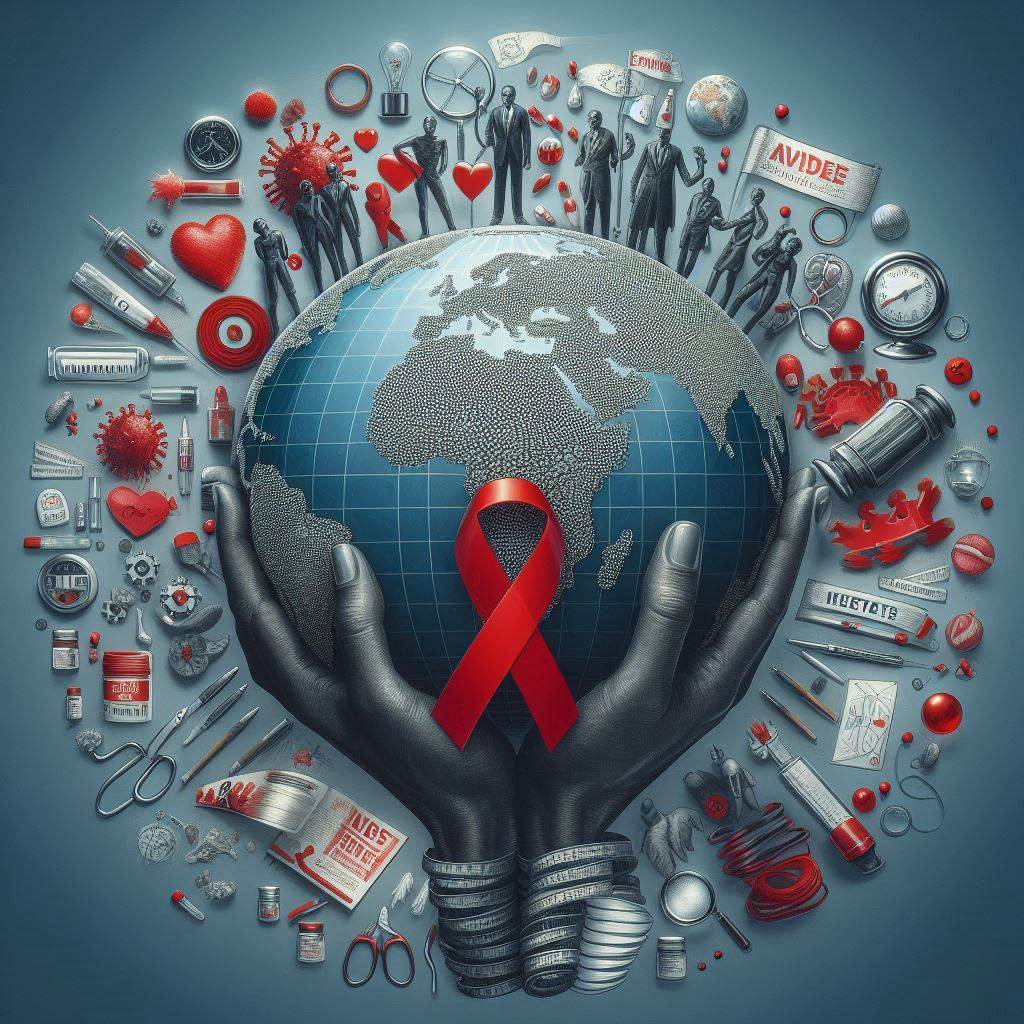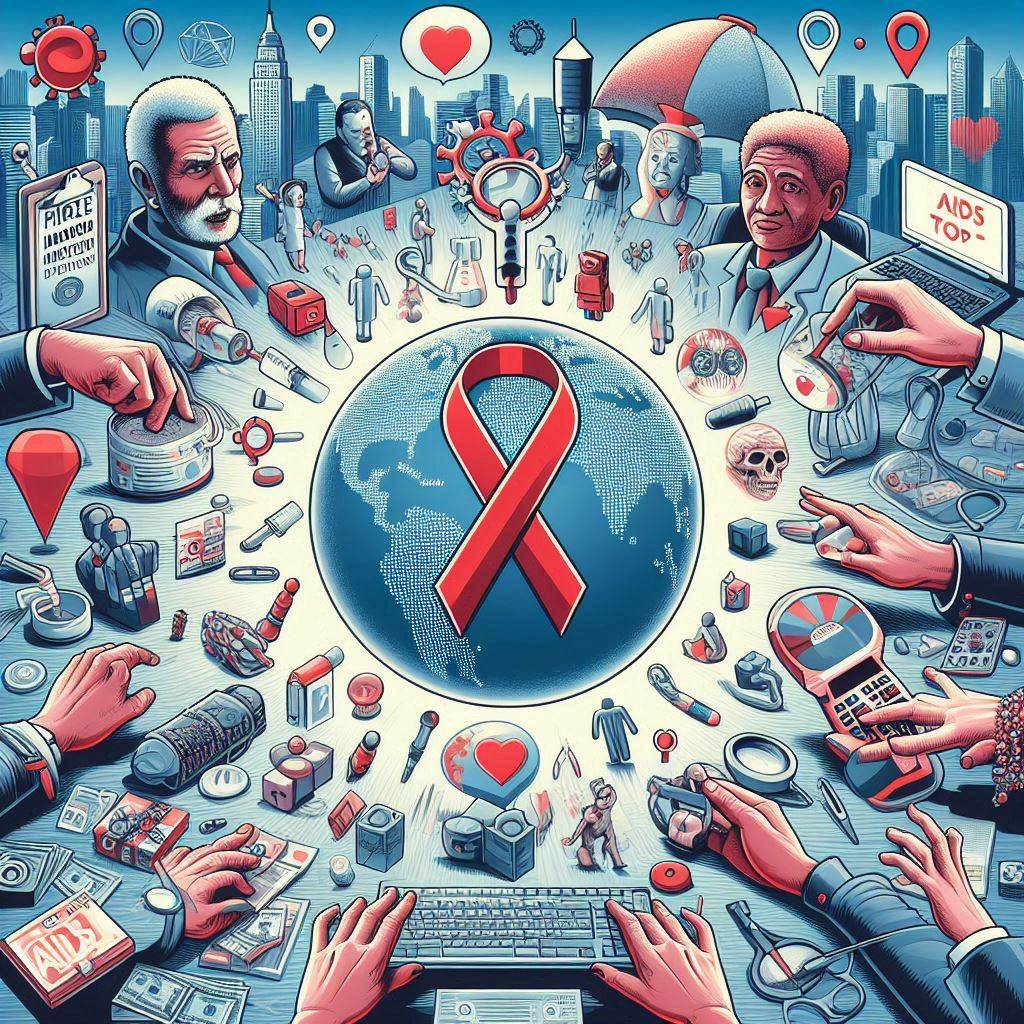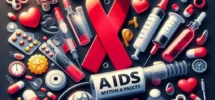The story of AIDS is not just about a virus—it’s about resistance, resilience, and remarkable progress. As the world scrambled to answer the terrifying question “where did AIDS come from”, communities, scientists, and activists launched one of the most intense and sustained public health battles in history. Through decades of fear and uncertainty, the global fight for prevention has evolved from confusion to education, and from despair to hope.

The Unseen Enemy (1980s): Searching for Answers
In the early 1980s, AIDS appeared like a ghost—no name, no cure, no clear origin. Doctors were treating young, previously healthy individuals suddenly dying from rare infections. It quickly became clear that the disease could be sexually transmitted, passed through blood transfusions, shared needles, and from mother to child.
Public health officials, still unsure where did AIDS come from, began sounding alarms. One of the first prevention efforts was public awareness, although it faced tremendous resistance. Gay communities were blamed. Misinformation spread faster than the virus. Words like “plague” and “curse” dominated headlines.
But even amid chaos, prevention efforts began. In 1983, the U.S. CDC released the first safe sex guidelines, promoting condom use. Though simple, this was a foundational milestone in AIDS prevention history.
Scientific Breakthroughs (Mid-1980s): Naming the Virus
This changed everything. The mystery behind where did AIDS come from was finally unraveling. Knowing the enemy allowed health systems to begin focused interventions.
Blood screening was implemented by 1985 in many countries, ensuring donated blood was free from HIV—an essential step in halting transfusion-based transmission. Meanwhile, needle exchange programs began quietly in parts of Europe and North America, targeting intravenous drug users, another high-risk group.
The Global Push (1990s): Education and Access
The 1990s saw prevention go global. HIV had spread far beyond urban gay communities—it was now a rural, heterosexual, global issue.
- Abstinence,
- Be faithful, and
- Condom use.
Massive condom distribution, radio awareness shows, and school-based education programs started appearing, especially in sub-Saharan Africa. The message was clear: knowledge was the best weapon.
Simultaneously, PMTCT (Prevention of Mother-to-Child Transmission) programs began offering medication to HIV-positive pregnant women, drastically reducing infant infection rates.
Medical Advancements (2000s): From Treatment to Prevention
The 2000s brought a game-changing shift: treatment became prevention. Research showed that people on effective antiretroviral therapy (ART) with undetectable viral loads were virtually incapable of transmitting HIV. This led to the powerful message:

“Undetectable = Untransmittable (U=U)”.
Another leap came with the introduction of PrEP (Pre-exposure prophylaxis) in the early 2010s—a daily pill for HIV-negative individuals at high risk, shown to reduce infection by over 90%. For the first time, prevention included those without the virus, empowering them to stay negative.
Global funding efforts like PEPFAR and The Global Fund expanded access to these medications worldwide, especially in low-income countries.
Digital Era and Holistic Approaches (2010s–Present)
As technology advanced, so did awareness. Social media became a platform for HIV education. Mobile testing clinics, discreet home testing kits, and telemedicine gave people more control over their health.
Today, AIDS prevention includes a holistic approach:
- Mental health,
- Stigma reduction,
- Youth empowerment, and
- Community-led healthcare.
Though the question “where did AIDS come from” has largely been answered biologically (via cross-species transmission of SIV in African primates), its spread was fueled by silence, shame, and inequality. Prevention now focuses as much on these social barriers as on the virus itself.
The history of AIDS prevention is not just a list of medical milestones—it is a powerful narrative of human determination. From the earliest condom campaigns and blood screenings to the arrival of PrEP and U=U, every step has brought us closer to controlling the epidemic.
As we continue to explore where did AIDS come from, we must also honor how far we’ve come. The virus may have started in a distant rainforest, but its path across the globe—and our defense against it—has been shaped by humanity’s willingness to fight for life, love, and dignity.
The journey isn’t over, but the road ahead is clearer than ever. Prevention, now more than ever, is power.


